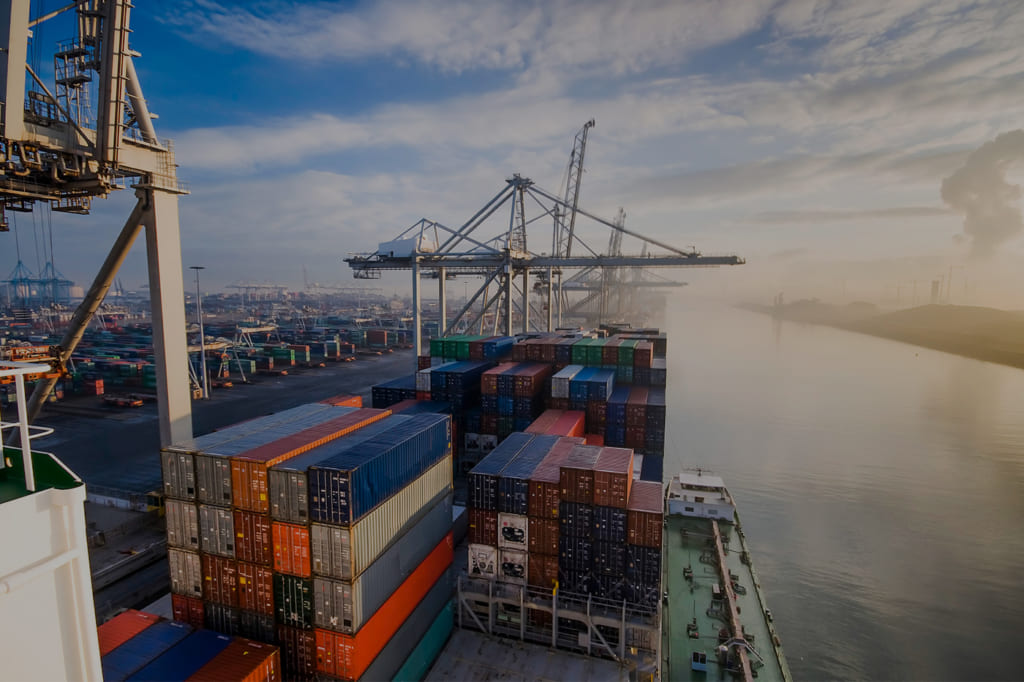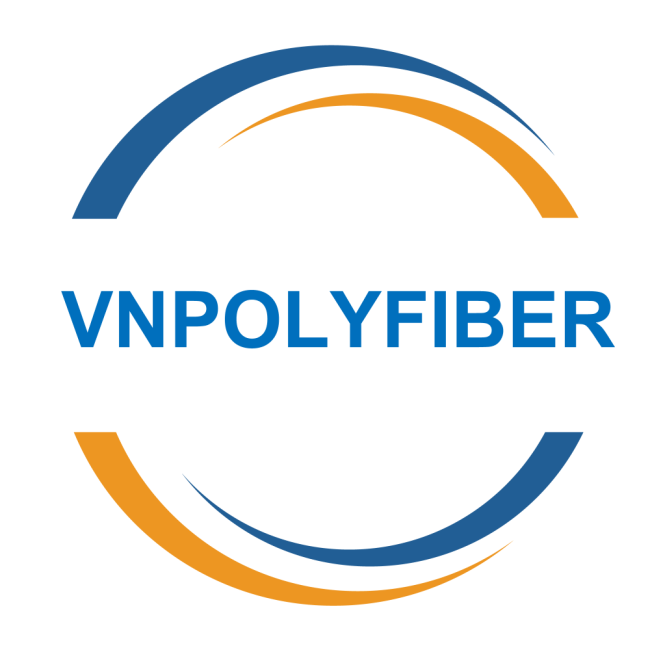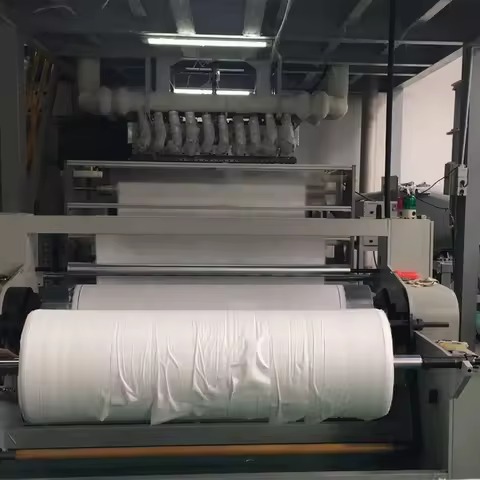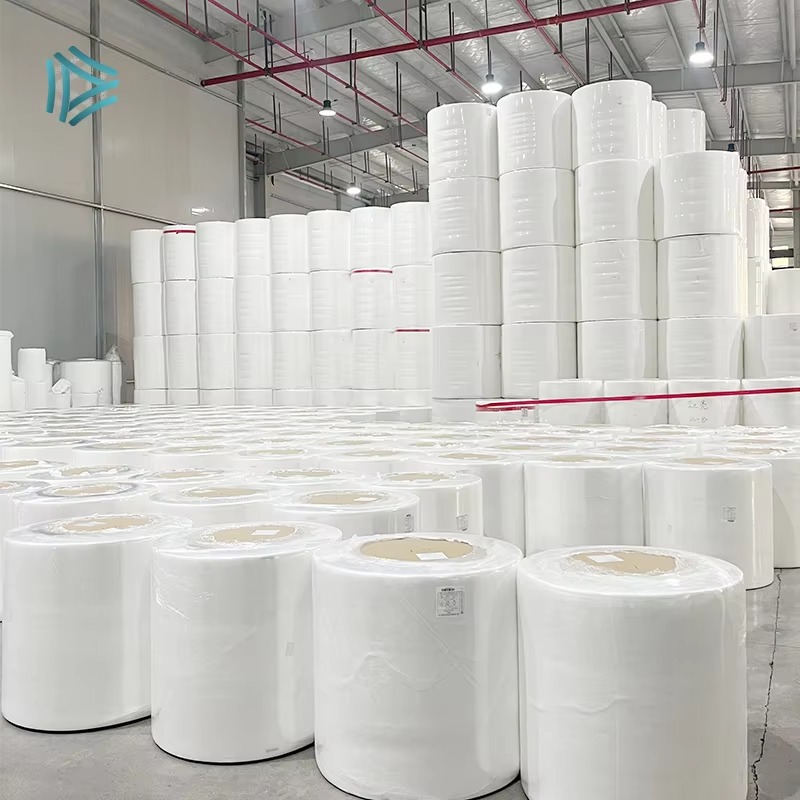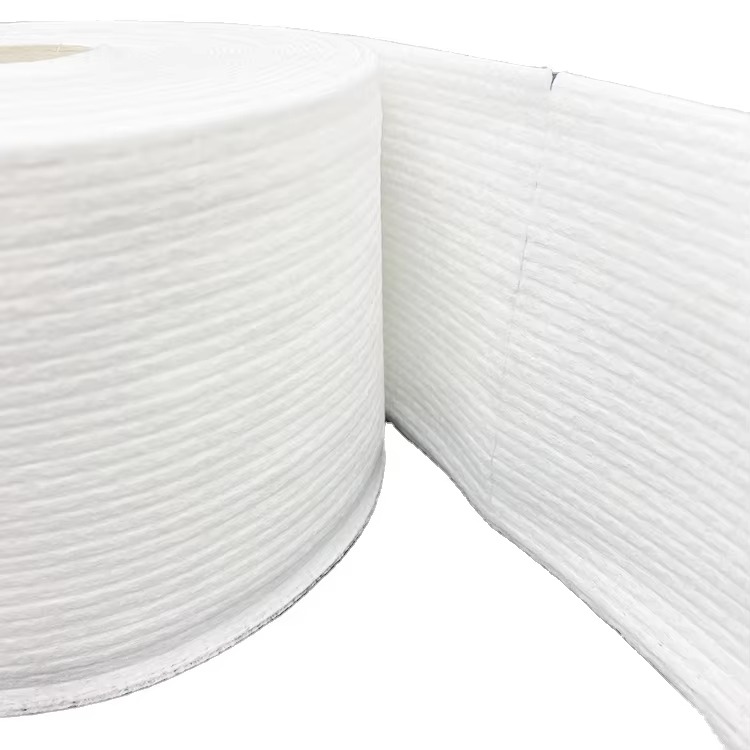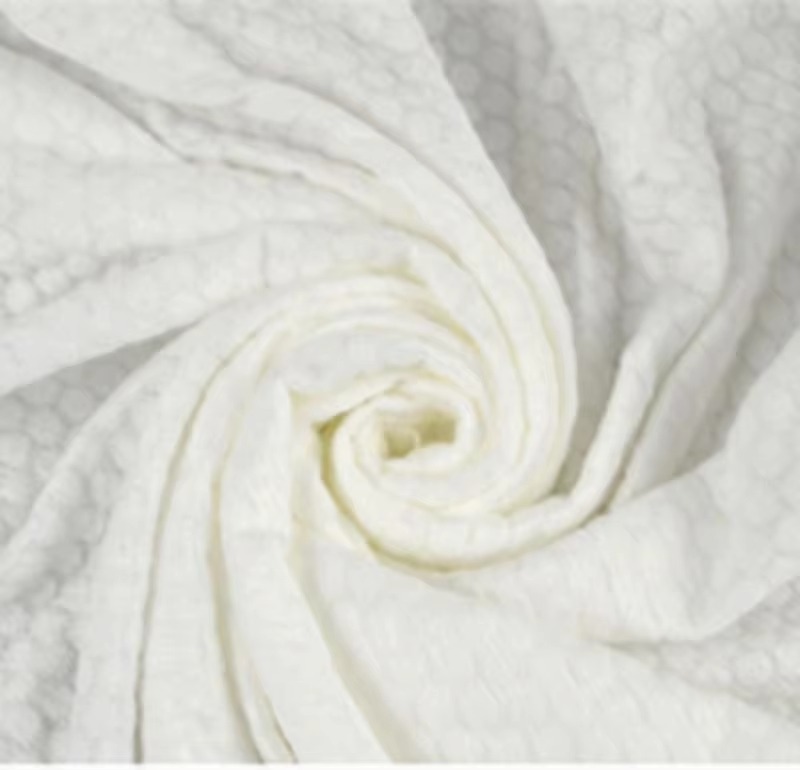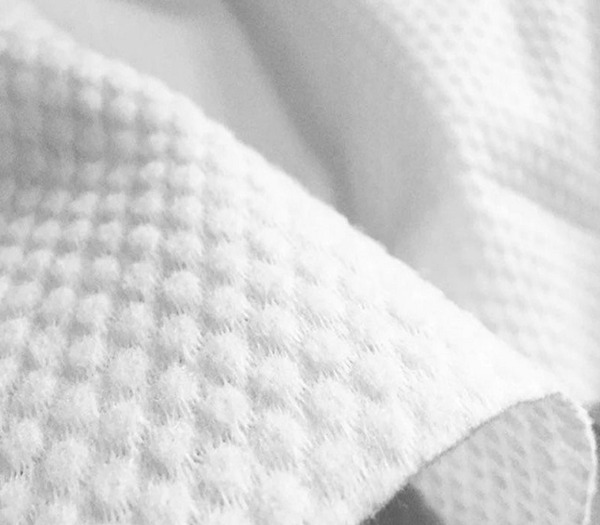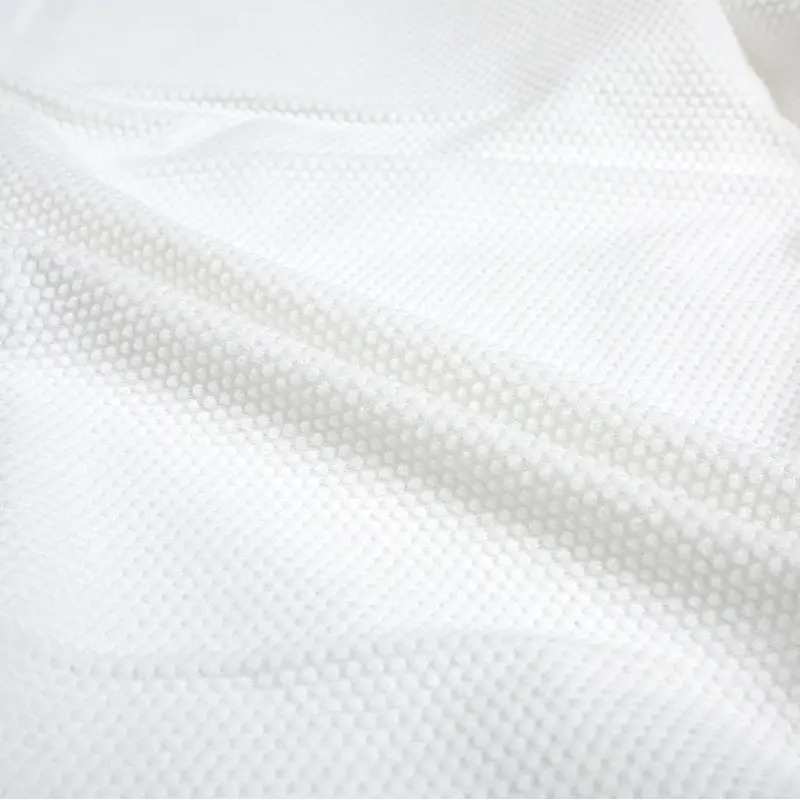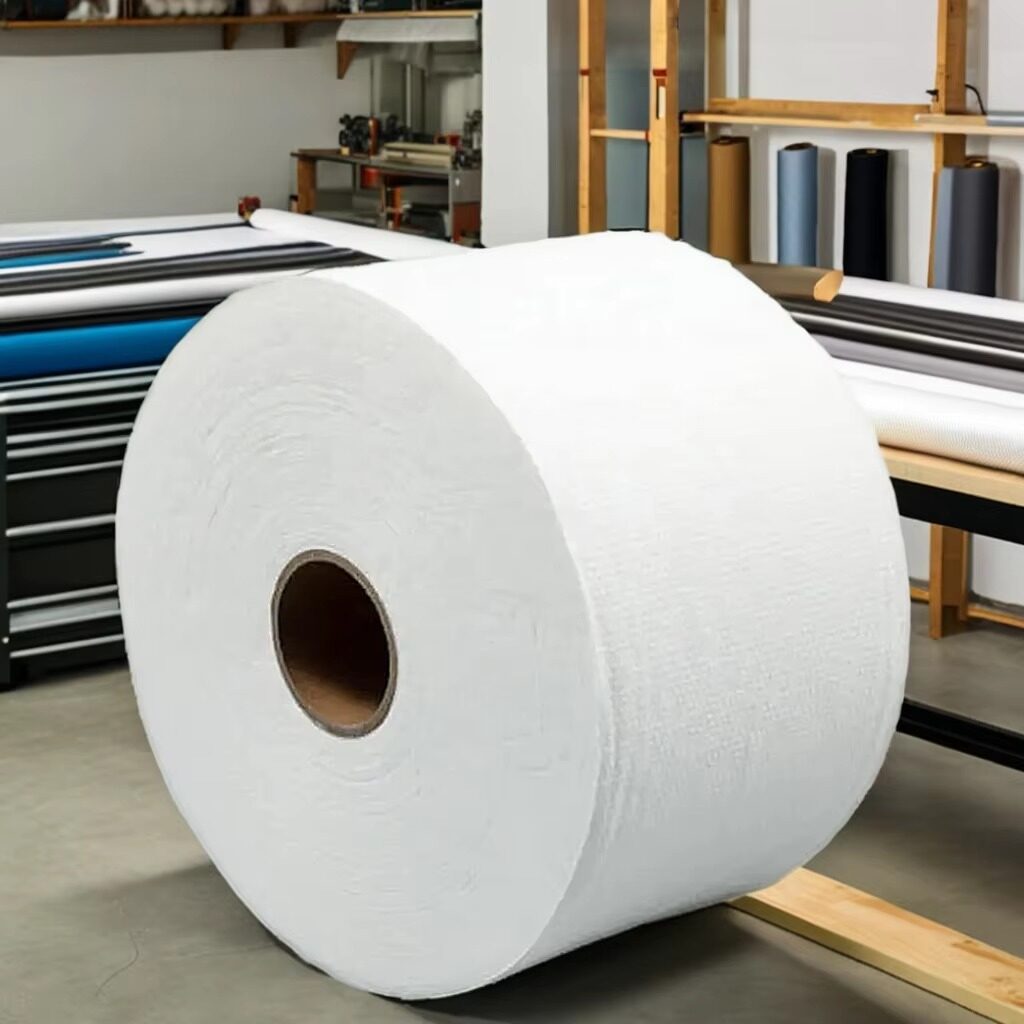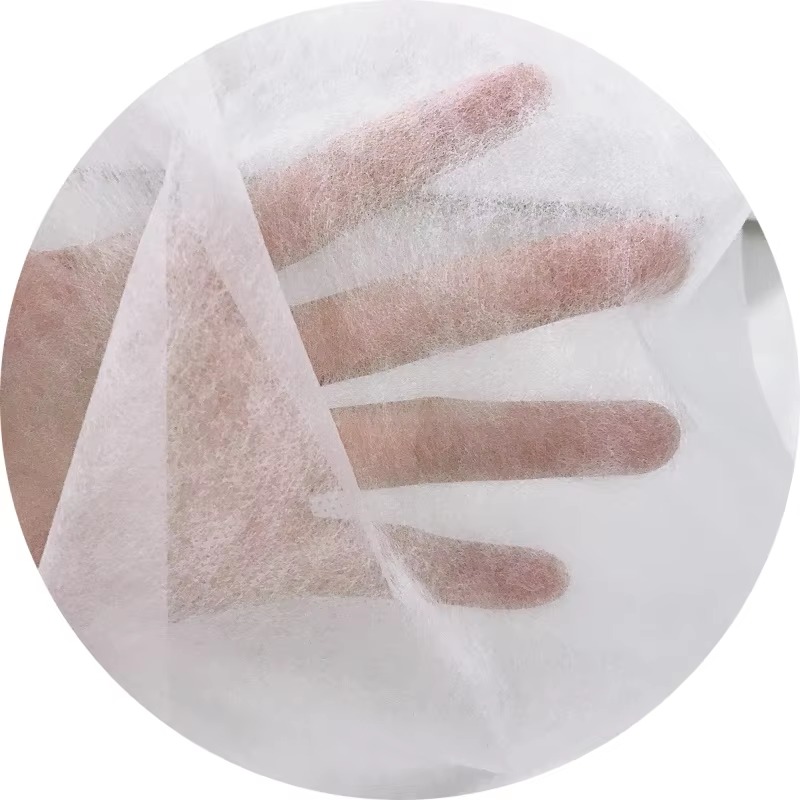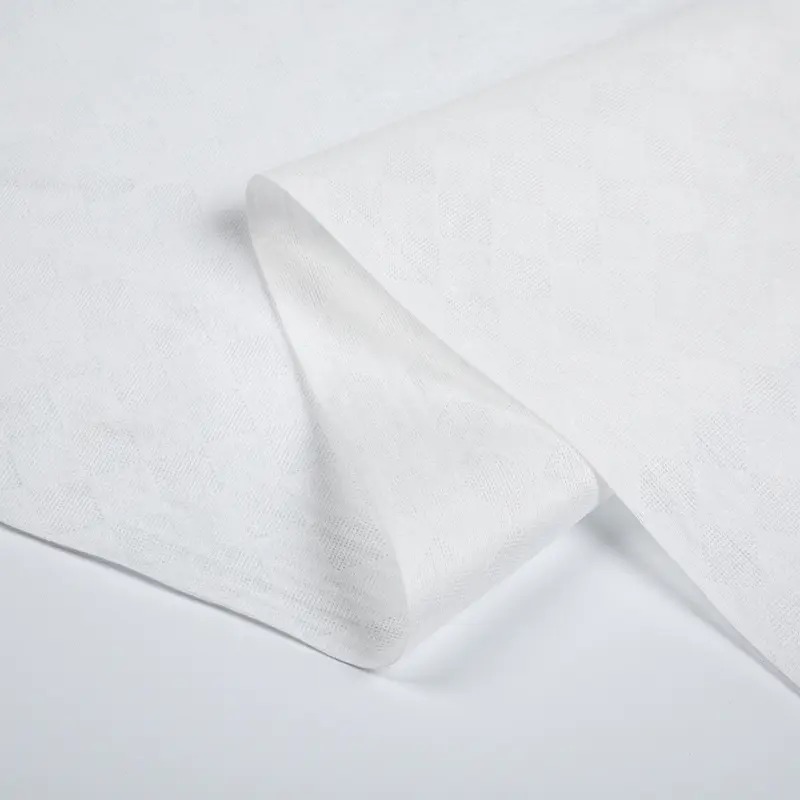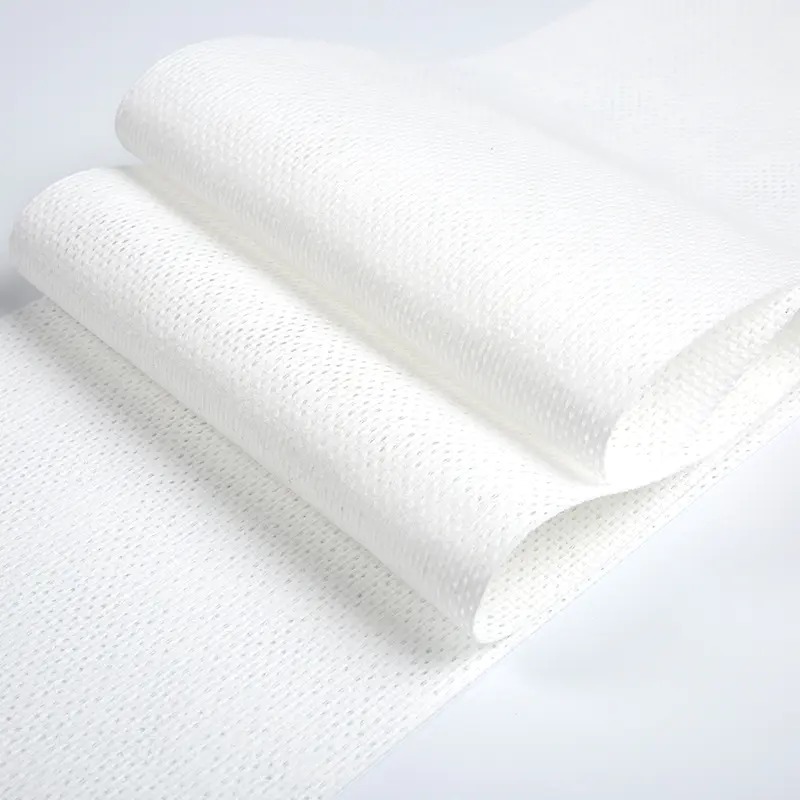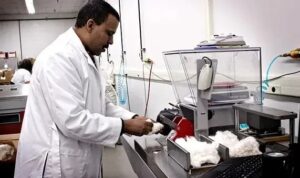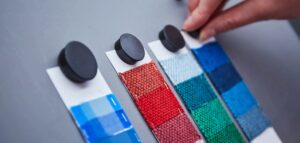Material Innovation & Future Trends in Spunlace Nonwoven Fabric Introduction Textiles have always been central to human progress, but the expectations placed on fabrics in the 21st century go far beyond appearance or basic functionality. Today, materials must deliver performance, safety, comfort, and sustainability—all while being adaptable to fast-changing global needs. Among modern nonwoven fabrics,…
Category Archives: News
All news about Viet Nam Textile, Viet Nam Polyester Staple Fiber, Hollow Conjugated Siliconized Fiber cheap price quote and good quality,
Applications of Spunlace Nonwoven Fabric Across Industries Introduction Modern industries are increasingly looking for materials that are versatile, cost-effective, durable, and eco-friendly. Traditional woven textiles, while strong and familiar, often fail to meet the speed, affordability, and sustainability demands of today’s world. This is where Spunlace Nonwoven Fabric stands out. Created through hydroentanglement technology, spunlace…
Performance & Environmental Advantages of Spunlace Nonwoven Fabric Introduction In an era where consumers demand high performance, comfort, and sustainability in everyday products, the materials industry is facing unprecedented challenges. Manufacturers must balance functionality with environmental responsibility while keeping production efficient and cost-effective. Among modern textiles, Spunlace Nonwoven Fabric has emerged as a game-changer that…
Introduction to Spunlace Nonwoven Fabric The Rise of Nonwoven Fabrics in Modern Industry In today’s fast-paced world, the textile industry is undergoing a major transformation. Increasing demand for sustainable materials, efficiency in manufacturing, and high-performance fabrics has driven innovation beyond traditional woven and knitted textiles. Nonwoven fabrics have emerged as a powerful alternative, offering versatility,…
Embossed Spunlace Nonwoven – Sustainability, Market Insights, and Future Trends Introduction This article is the second part of our in-depth series on embossed spunlace nonwoven. If you missed Part 1, start here: Technology, Properties, and Advantages of Embossed Spunlace Nonwoven The global textile industry is under immense pressure to balance performance, cost, and environmental responsibility….
Embossed Spunlace Nonwoven – Technology, Properties, and Advantages The nonwoven industry has become one of the fastest-growing sectors in global textiles, driven by the need for high-performance, eco-friendly, and versatile fabrics. Among its many innovations, Embossed Spunlace Nonwoven stands out as a material that blends advanced hydroentanglement technology with embossing techniques to create fabrics that…
Innovations & Market Applications of Semi-Cross Spunlace Nonwoven The global nonwoven industry is evolving rapidly, fueled by the demand for sustainable, high-performance fabrics that can serve a wide range of industries. Among the leading innovations, semi-cross spunlace nonwoven stands out for its ability to combine strength, softness, and eco-compatibility. With ongoing advancements in design and…
Inside the Production of Semi-Cross Spunlace Nonwoven – From Fiber to Finished Fabric The growth of the global nonwoven industry has been driven by the rising demand for fabrics that are strong, absorbent, eco-friendly, and versatile. Among these, semi-cross spunlace nonwoven has emerged as a reliable material for medical, hygiene, beauty, household, and industrial applications….
Semi-Cross Spunlace Nonwoven – Properties, Manufacturing & Key Advantages The demand for high-performance, eco-friendly nonwoven fabrics is rapidly increasing across industries such as healthcare, personal care, household cleaning, and industrial applications. Among the most advanced solutions is semi-cross spunlace nonwoven fabric, which combines the softness and absorbency of traditional textiles with the strength and efficiency…
Eco-Friendly EF Web Spunlace Nonwoven & Market Outlook As industries shift toward sustainable development and eco-conscious materials, nonwoven fabrics are being redefined to meet both environmental and performance demands. Among the leading innovations is EF Web semi-cross embossed spunlace nonwoven, a fabric that not only delivers strength, softness, and absorbency but also aligns with global…
VNPOLYFIBER - Polyester Fiber Partners from Asia
We are a leading exporter of recycled polyester staple fiber—including hollow conjugated fiber, hollow slick fiber, solid fiber, low melting fiber, and many other polymer fibers since 2017. With a wide-reaching network of trusted suppliers across China, Vietnam, Malaysia, Thailand, and Indonesia, we have successfully exported to over 30 countries, serving more than 200 clients, many of whom have a strong presence in North America, South America, and the EU. We provide One Stop Solution for Polyester Staple Fiber, Nonwoven Fabric and Home Textile Materials